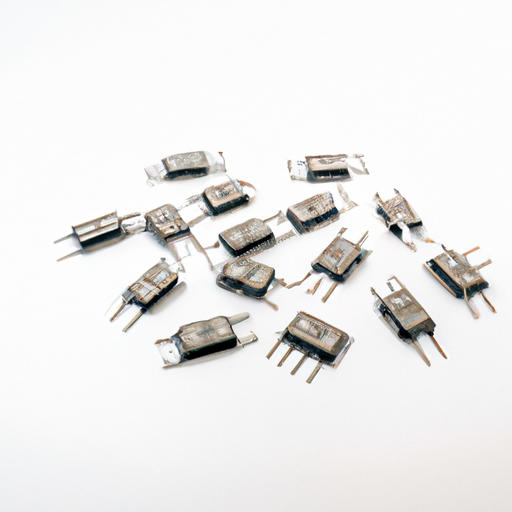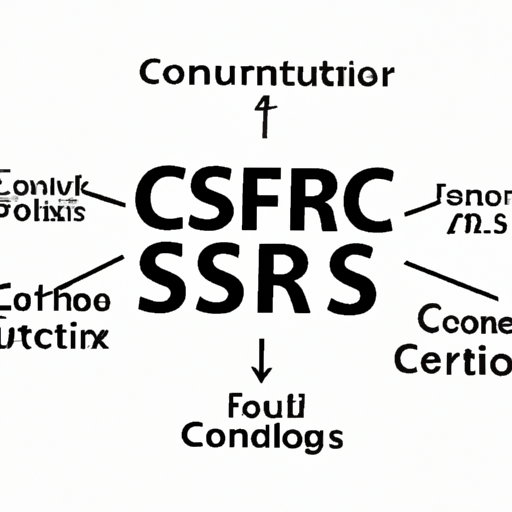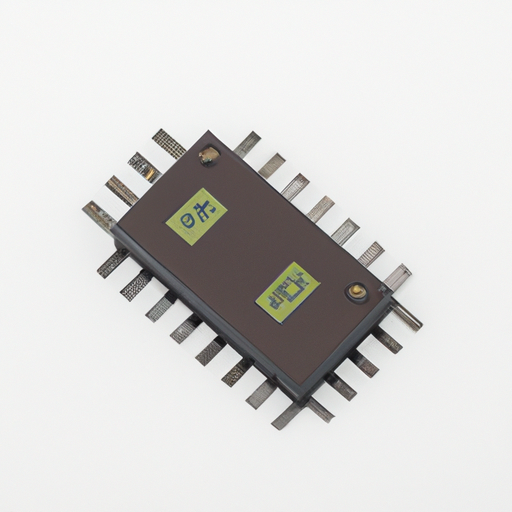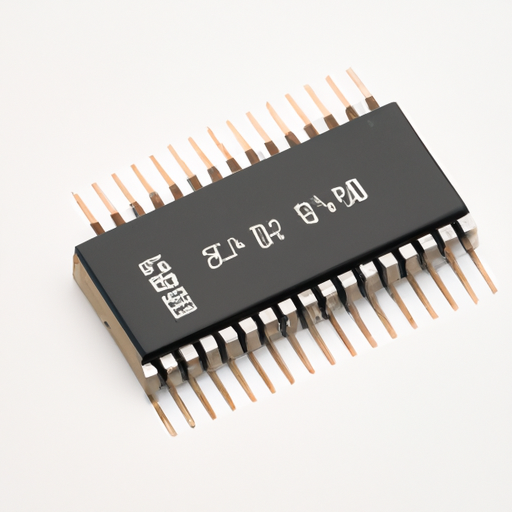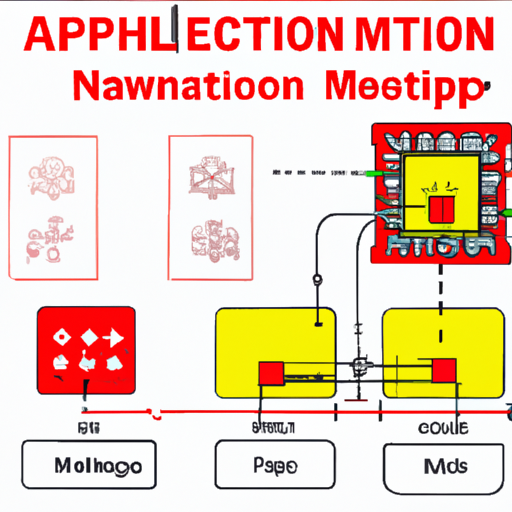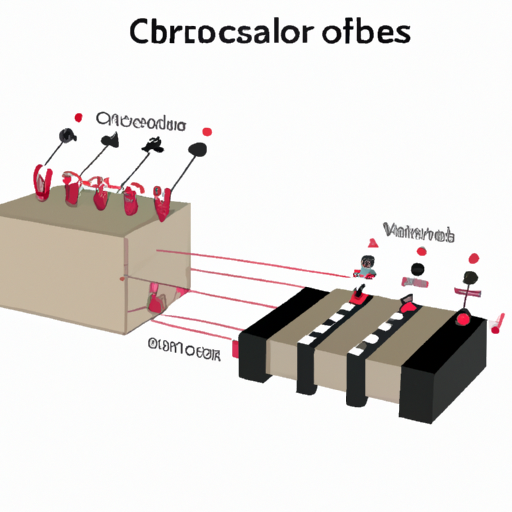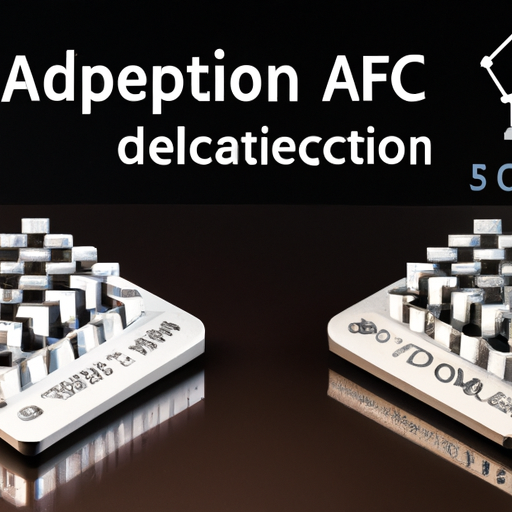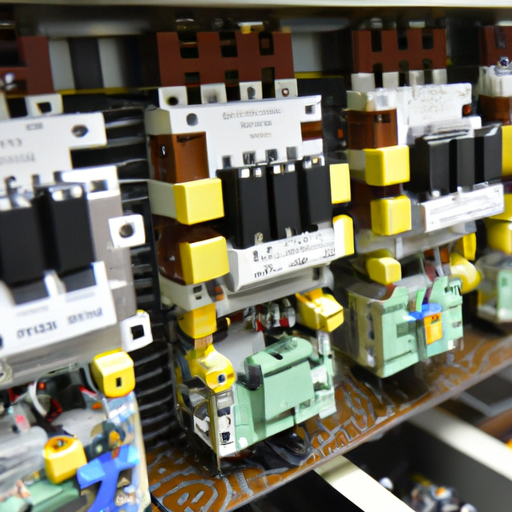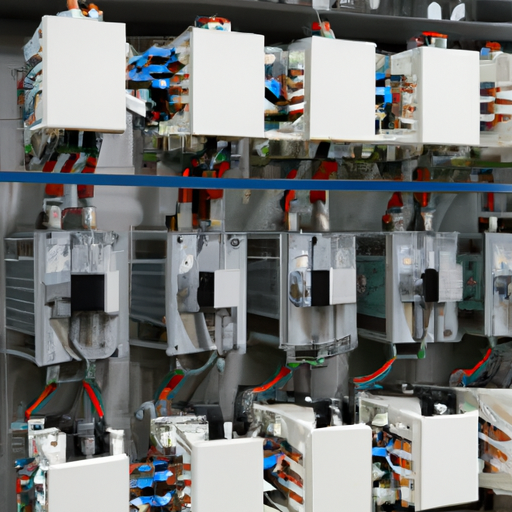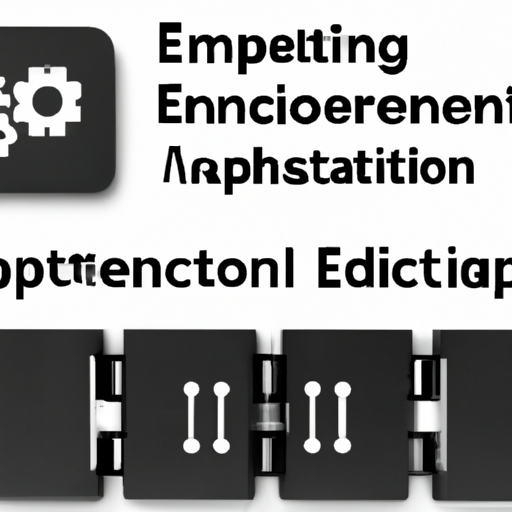
Application Development in JFETs for ECQ-P1H153GZ: Key Technologies and Success StoriesThe ECQ-P1H153GZ is a film capacitor manufactured by Panasonic, and while it is not a JFET (Junction Field Effect Transistor), it plays a significant role in applications that utilize JFETs and other electronic components. Below, we explore key technologies in JFET applications, success stories, and the role of capacitors like the ECQ-P1H153GZ in enhancing these applications.
Key Technologies in JFET Applications1. Analog Signal Processing2. Low-Noise Amplifiers (LNAs)3. Switching Applications4. Voltage-Controlled Resistors5. Integrated Circuits1. Telecommunications2. Medical Devices3. Consumer Electronics4. Industrial Automation Success Stories Role of ECQ-P1H153GZ CapacitorsWhile the ECQ-P1H153GZ is not a JFET, it complements JFET applications in several ways: - Decoupling and Bypass Capacitors: In JFET circuits, capacitors like the ECQ-P1H153GZ can be used for decoupling power supply lines, ensuring stable operation by filtering out noise and voltage spikes, which is crucial for maintaining signal integrity.
- Timing Circuits: In applications where JFETs are used in timing circuits, film capacitors can help set time constants and improve circuit stability, ensuring accurate timing and performance.
- Signal Coupling: Capacitors can be used to couple AC signals between amplification stages, allowing JFETs to amplify signals without affecting the DC biasing conditions, thus preserving signal quality.
ConclusionThe integration of JFETs and high-quality capacitors like the ECQ-P1H153GZ can lead to the development of robust and efficient electronic systems across various industries. By leveraging the unique properties of JFETs and the reliability of film capacitors, engineers can create innovative solutions that meet the demands of modern technology. This synergy not only enhances performance but also contributes to the advancement of applications in telecommunications, medical devices, consumer electronics, and industrial automation.

Overview of ECQ-P1H333GZ Single Zener DiodesThe ECQ-P1H333GZ is a specific model of a single Zener diode, a semiconductor device that allows current to flow in the reverse direction when a specific voltage, known as the Zener voltage, is reached. Zener diodes are widely utilized in various applications, including voltage regulation, protection circuits, and signal clipping, making them essential components in modern electronic design.
Core Functional Technology1. Voltage Regulation 2. Reverse Breakdown 3. Temperature Stability 4. Low Noise 5. Fast Response Time 1. Power Supply Circuits2. Voltage Reference3. Transient Voltage Suppression4. Signal Clipping5. LED Protection Application Development Cases ConclusionThe ECQ-P1H333GZ single Zener diode is a versatile and essential component in various electronic applications. Its capabilities in providing stable voltage regulation, protecting against transients, and serving as a reliable voltage reference make it indispensable in modern electronic design. By understanding its core functionalities and application cases, engineers can effectively integrate Zener diodes into their projects, ensuring enhanced reliability and performance across a wide range of applications.

Application Development in Diode Arrays for 2474-26L: Key Technologies and Success StoriesDiode arrays, particularly the 2474-26L model, have become essential components across various industries, including telecommunications, medical devices, and industrial automation. This overview highlights the key technologies that underpin their functionality and showcases notable success stories that illustrate their impact.
Key Technologies1. High-Speed Switching 2. Thermal Management 3. Integration with Microcontrollers 4. Signal Processing 5. Compact Design 6. Robustness and Reliability 1. Telecommunications Infrastructure 2. Medical Imaging Devices 3. Industrial Automation 4. Consumer Electronics 5. Renewable Energy Systems 6. Automotive Applications Success Stories ConclusionThe development and application of diode arrays like the 2474-26L have profoundly influenced multiple industries by enhancing performance, reliability, and efficiency. As technology continues to advance, the potential for diode arrays in emerging applications remains vast, promising further innovations and success stories in the future. The ongoing evolution of these technologies will likely lead to new breakthroughs, solidifying the role of diode arrays in shaping the future of electronics and automation.

Application Development in RF Diodes for CFR-25JB-52-100K: Key Technologies and Success StoriesThe development of RF diodes, particularly the CFR-25JB-52-100K, is pivotal in enhancing performance across various applications, including telecommunications, broadcasting, radar systems, and more. Below, we delve into the key technologies that underpin these advancements and highlight notable success stories that illustrate their impact.
Key Technologies1. High-Frequency Operation2. Low Noise Figure (NF)3. Power Handling4. Tuning and Matching Networks5. Integration with Other Components6. Advanced Materials7. Simulation and Modeling1. Telecommunications2. Broadcasting3. Radar Systems4. Medical Applications5. Consumer Electronics Success Stories ConclusionThe development of RF diodes, such as the CFR-25JB-52-100K, is driven by continuous advancements in materials, design methodologies, and integration techniques. The successful application of these technologies across diverse industries underscores the critical role of RF diodes in modern electronic systems. As technology progresses, further innovations in RF diode applications are anticipated, paving the way for even more efficient and capable systems in the future.
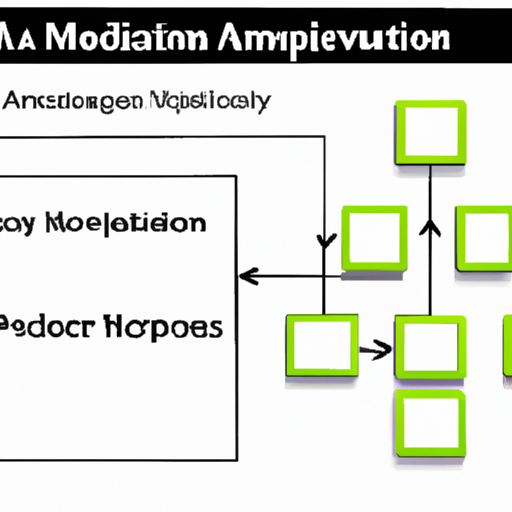
Application Development in Variable Capacitance (Varicaps, Varactors) for MM74HC245AN: Key Technologies and Success StoriesVariable capacitance diodes, commonly known as varicaps or varactors, are semiconductor devices that utilize the voltage-dependent capacitance of a reverse-biased p-n junction. They are widely used in various applications, particularly in tuning circuits, frequency modulation, and RF applications. The MM74HC245AN is an octal bus transceiver that operates at high speeds and is often used in digital circuits. While the MM74HC245AN itself does not directly relate to varicaps, it can be part of a broader system where varicaps are utilized.
Key Technologies in Varicap Applications1. Tuning Circuits 2. Phase-Locked Loops (PLLs) 3. Voltage-Controlled Oscillators (VCOs) 4. Filters 5. RF Amplifiers 1. Television Tuning 2. Mobile Communication 3. Software-Defined Radio (SDR) 4. Automotive Applications 5. Consumer Electronics Success Stories Integration with MM74HC245ANWhile the MM74HC245AN is primarily a digital device, it can be integrated into systems that utilize varicaps for analog signal processing. For example: Data Communication: Data Communication: Control Circuits: Control Circuits: ConclusionThe integration of varicaps in various applications showcases their versatility and importance in modern electronics. While the MM74HC245AN serves a different function, its role in digital communication can complement the analog capabilities provided by varicaps in a comprehensive system. The combination of these technologies can lead to innovative solutions in telecommunications, consumer electronics, and beyond, paving the way for advancements in both digital and analog signal processing.
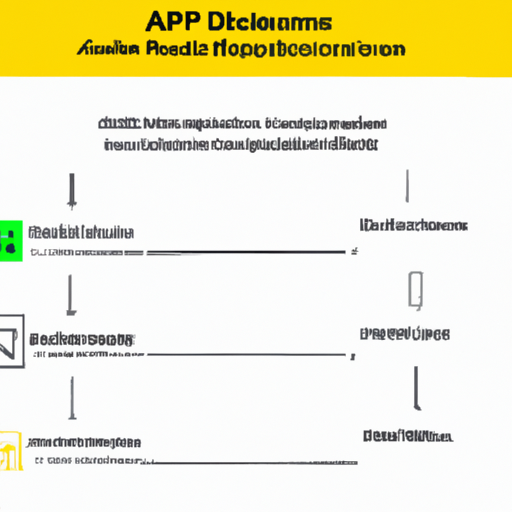
Application Development in Single FETs and MOSFETs: Key Technologies and Success StoriesThe CFR-25JB-52-1M8 resistor, a 1MΩ, 1% tolerance, 0.25W component, plays a vital role in circuits that utilize Single FETs and MOSFETs. These transistors are essential in various electronic applications, and their integration with resistors like the CFR-25JB-52-1M8 can enhance circuit performance. Below, we explore key technologies and notable success stories in the realm of FETs and MOSFETs.
Key Technologies in FETs and MOSFETs1. High Electron Mobility Transistors (HEMTs)2. Power MOSFETs3. Complementary MOS (CMOS) Technology4. Gallium Nitride (GaN) and Silicon Carbide (SiC) Transistors5. Integrated Circuit Design1. Electric Vehicles (EVs)2. Smartphones and Consumer Electronics3. Renewable Energy Systems4. Telecommunications5. Industrial Automation Success Stories ConclusionThe integration of Single FETs and MOSFETs into various applications has led to significant advancements across multiple industries. Components like the CFR-25JB-52-1M8 resistor enhance circuit performance, reliability, and efficiency when used in conjunction with these transistors. As technology continues to evolve, the role of FETs and MOSFETs will remain crucial in driving innovation in electronics, paving the way for more efficient and powerful electronic systems.
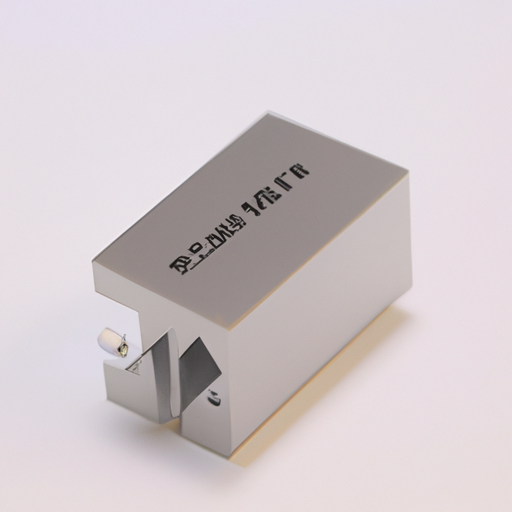
Overview of Crystal, Oscillator, and Resonator AccessoriesCrystal oscillators and resonators are fundamental components in electronic circuits, providing stable frequency references essential for timing and synchronization. The CFR-50JB-52-1R8 is a specific model that exemplifies the technology used in these components. Below, we explore the core functional technologies, applications, and development cases related to crystal oscillators and resonators.
Core Functional Technologies1. Crystal Oscillator Technology2. Resonator Technology3. Integrated Circuit (IC) Compatibility4. Surface Mount Technology (SMT)1. Consumer Electronics2. Telecommunications3. Automotive Applications4. Industrial Automation5. Medical Devices Application Development Cases ConclusionThe CFR-50JB-52-1R8 crystal oscillator exemplifies the critical role that crystal, oscillator, and resonator accessories play in modern electronics. Their applications span a wide range of industries, from consumer electronics to telecommunications and medical devices. As technology advances, the demand for more compact, efficient, and stable oscillators will continue to grow, driving innovation in this essential field. Understanding the core technologies and application cases is vital for engineers and developers working on next-generation electronic systems, ensuring they can leverage these components effectively in their designs.
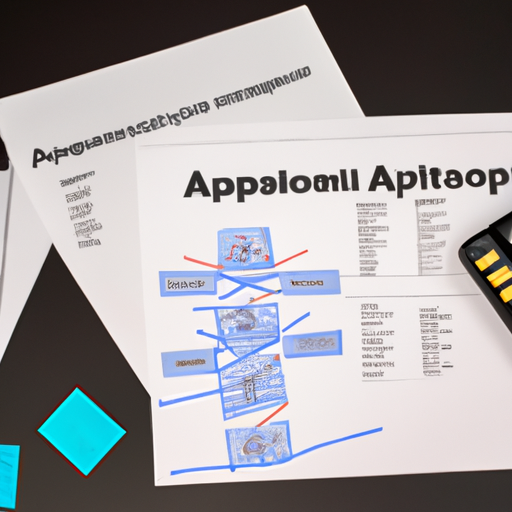
Application Development in Resonators for CFR-25JB-52-1R6: Key Technologies and Success StoriesApplication development in resonators, particularly in conjunction with components like the CFR-25JB-52-1R6 resistor, involves a multifaceted approach that leverages cutting-edge technologies to improve performance, reliability, and efficiency in electronic circuits. The CFR-25JB-52-1R6 is a precision resistor often used in various electronic applications, and while it is not a resonator itself, it plays a critical role in circuits that utilize resonators. Below is an overview of key technologies and notable success stories in the realm of resonator applications.
Key Technologies1. Material Science2. Microfabrication Techniques3. Simulation and Modeling4. Integration with Digital Technologies5. Power Management1. Consumer Electronics2. Automotive Applications3. Telecommunications4. Healthcare Devices5. IoT Solutions Success Stories ConclusionThe development of resonators, particularly in conjunction with components like the CFR-25JB-52-1R6, represents a dynamic intersection of advanced materials, microfabrication techniques, and digital technologies. The success stories across various industries underscore the critical role of resonators in enhancing device performance and enabling innovative applications. As technology continues to advance, the significance of resonators is expected to grow, paving the way for even more groundbreaking solutions in the electronics landscape.
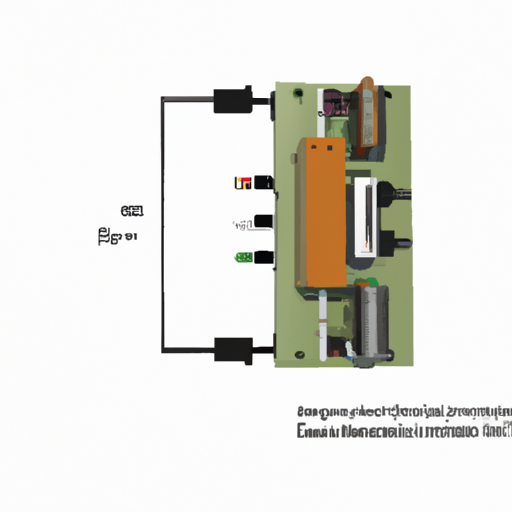
Overview of CFR-25JB-52-1K6 Switching Converter and SMPS TransformersSwitching Converters and Switched-Mode Power Supply (SMPS) Transformers are essential components in the realm of power electronics, facilitating efficient power conversion and management across a wide array of applications. The CFR-25JB-52-1K6 model exemplifies the capabilities of modern switching converters, showcasing advanced technology that meets the demands of contemporary electronic systems.
Core Functional Technologies1. High Efficiency 2. Compact Design 3. Thermal Management 4. Regulation and Control 5. Isolation 6. Versatility 1. Consumer Electronics2. Industrial Automation3. Telecommunications4. Renewable Energy Systems5. Medical Devices Application Development Cases ConclusionThe CFR-25JB-52-1K6 switching converter and SMPS transformers represent a significant advancement in power electronics, offering high efficiency, compact design, and versatility across various applications. Their ability to deliver reliable power in consumer electronics, industrial automation, telecommunications, renewable energy systems, and medical devices underscores their importance in modern technology. As the demand for efficient power solutions continues to grow, the development and application of switching converters will play a pivotal role in shaping the future of electronic devices and systems, driving innovation and enhancing performance across industries.
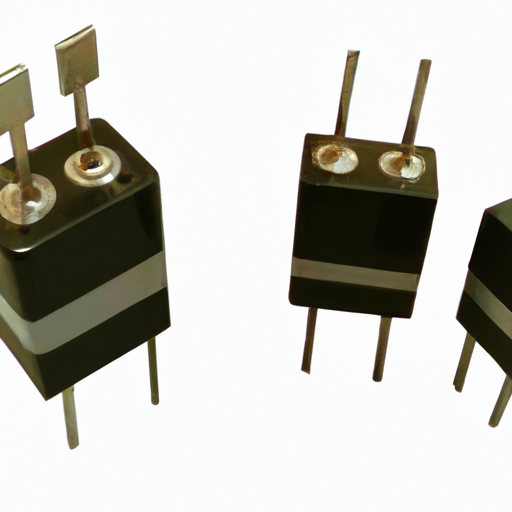
Overview of CFR-50JB-52-1R6 Pulse TransformersThe CFR-50JB-52-1R6 pulse transformer is a specialized component designed to efficiently transmit electrical pulses across various applications. Its design incorporates advanced technologies that enhance performance, reliability, and versatility in demanding environments. Below, we delve deeper into the core functional technologies and application development cases that showcase the effectiveness of pulse transformers like the CFR-50JB-52-1R6.
Core Functional Technologies1. Magnetic Core Material2. Winding Configuration3. High-Frequency Operation4. Impedance Matching5. Electrical Isolation6. Temperature Stability1. Telecommunications2. Switching Power Supplies3. Medical Equipment4. Industrial Automation5. RF Applications6. Data Communication Application Development Cases ConclusionThe CFR-50JB-52-1R6 pulse transformer exemplifies the advanced technology and design considerations that go into creating effective pulse transformers. Its applications span telecommunications, power electronics, medical devices, industrial automation, RF applications, and data communication, highlighting its versatility and importance in modern electronic systems. As technology continues to evolve, pulse transformers like the CFR-50JB-52-1R6 will likely see further innovations, enhancing their performance and expanding their applications in various fields.
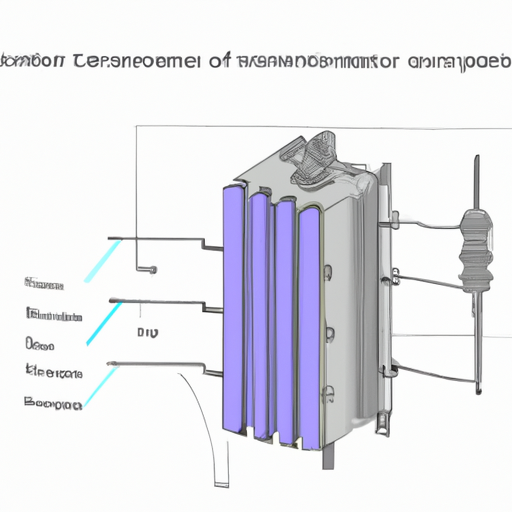
Overview of Power Transformers: CFR-25JB-52-1M5 and BeyondPower transformers, such as the CFR-25JB-52-1M5, are essential components in electrical power systems, facilitating the transmission and distribution of electricity across various applications. While specific documentation on the CFR-25JB-52-1M5 may be limited, understanding the core technologies and application cases of power transformers provides valuable insights into their functionality and importance.
Core Functional Technologies of Power Transformers1. Magnetic Core Design2. Winding Configuration3. Cooling Systems4. Tap Changers5. Monitoring and Diagnostics1. Renewable Energy Integration2. Urban Infrastructure3. Industrial Applications4. Smart Grids5. Electric Vehicle Charging Stations Application Development Cases ConclusionPower transformers, including models like the CFR-25JB-52-1M5, are vital components in modern electrical systems. Their design and technology continue to evolve, driven by the need for efficiency, reliability, and integration with renewable energy sources. The application development cases illustrate the versatility and significance of transformers across various sectors, from urban infrastructure to industrial applications and smart grids. For further insights and specific case studies, consulting industry journals, technical papers, and manufacturer documentation will provide a deeper understanding of the latest advancements in transformer technology and applications.

Application Development in Current Sense Transformers for CFR-50JB-52-1M5: Key Technologies and Success StoriesCurrent Sense Transformers (CSTs) are integral components in modern electrical systems, particularly in power electronics, energy management, and industrial automation. The CFR-50JB-52-1M5 model exemplifies the advancements in CST technology, enabling precise current measurement and monitoring across various applications. Below is a detailed overview of the key technologies and notable success stories associated with the application development of CSTs, particularly the CFR-50JB-52-1M5.
Key Technologies1. High Precision Measurement2. Electrical Isolation3. Miniaturization4. Digital Integration5. Temperature Compensation6. Smart Grid Applications1. Electric Vehicle (EV) Development2. Renewable Energy Systems3. Industrial Automation4. Smart Home Devices5. Power Supply Units (PSUs) Success Stories ConclusionThe development and application of Current Sense Transformers, such as the CFR-50JB-52-1M5, are crucial across various industries, including automotive, renewable energy, and industrial automation. The integration of advanced technologies has led to significant improvements in measurement accuracy, safety, and efficiency. As industries continue to evolve towards smarter and more efficient systems, the role of CSTs is expected to expand, driving further innovation and success stories in application development. The ongoing advancements in CST technology will likely play a pivotal role in shaping the future of energy management and electrical systems.

Overview of CFR-25JB-52-1K5 Audio TransformersThe CFR-25JB-52-1K5 is a specialized audio transformer designed to meet the demands of various audio applications. Audio transformers are essential components in audio systems, providing functions such as isolation, impedance matching, and signal transformation. Their applications span across professional audio equipment, musical instruments, and consumer electronics, making them vital for achieving high-quality sound reproduction.
Core Functional Technology of Audio Transformers1. Impedance Matching 2. Signal Isolation 3. Signal Transformation 4. Frequency Response 5. Power Handling 1. Microphone Preamplifiers 2. Guitar Amplifiers 3. Mixing Consoles 4. Broadcasting Equipment 5. Home Audio Systems Application Development Cases ConclusionThe CFR-25JB-52-1K5 audio transformer exemplifies the essential role that audio transformers play in modern audio technology. By providing critical functions such as impedance matching, signal isolation, and transformation, these components significantly enhance the performance of audio systems across a wide range of applications. Whether in professional settings or consumer electronics, the effective use of audio transformers like the CFR-25JB-52-1K5 is vital for achieving high-quality sound reproduction and ensuring a superior audio experience.






